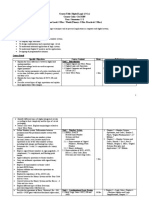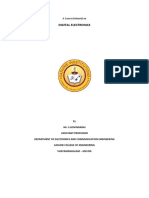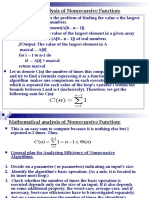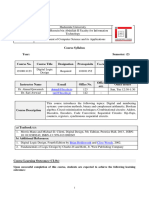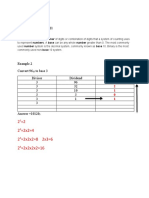0% found this document useful (0 votes)
16 views2 pagesElectronics Important Questions
The document outlines important questions for Electronics in Semester III, covering topics such as number systems, logic gates, combinational and sequential logic design, conversion techniques between analog and digital signals, and linear integrated devices. It includes explanations of key concepts like Boolean algebra, Karnaugh Maps, flip-flops, programmable logic devices, and the workings of ADCs and DACs. Additionally, it addresses the structure and applications of the 555 Timer in various modes.
Uploaded by
NehaCopyright
© © All Rights Reserved
We take content rights seriously. If you suspect this is your content, claim it here.
Available Formats
Download as DOCX, PDF, TXT or read online on Scribd
0% found this document useful (0 votes)
16 views2 pagesElectronics Important Questions
The document outlines important questions for Electronics in Semester III, covering topics such as number systems, logic gates, combinational and sequential logic design, conversion techniques between analog and digital signals, and linear integrated devices. It includes explanations of key concepts like Boolean algebra, Karnaugh Maps, flip-flops, programmable logic devices, and the workings of ADCs and DACs. Additionally, it addresses the structure and applications of the 555 Timer in various modes.
Uploaded by
NehaCopyright
© © All Rights Reserved
We take content rights seriously. If you suspect this is your content, claim it here.
Available Formats
Download as DOCX, PDF, TXT or read online on Scribd
/ 2







































